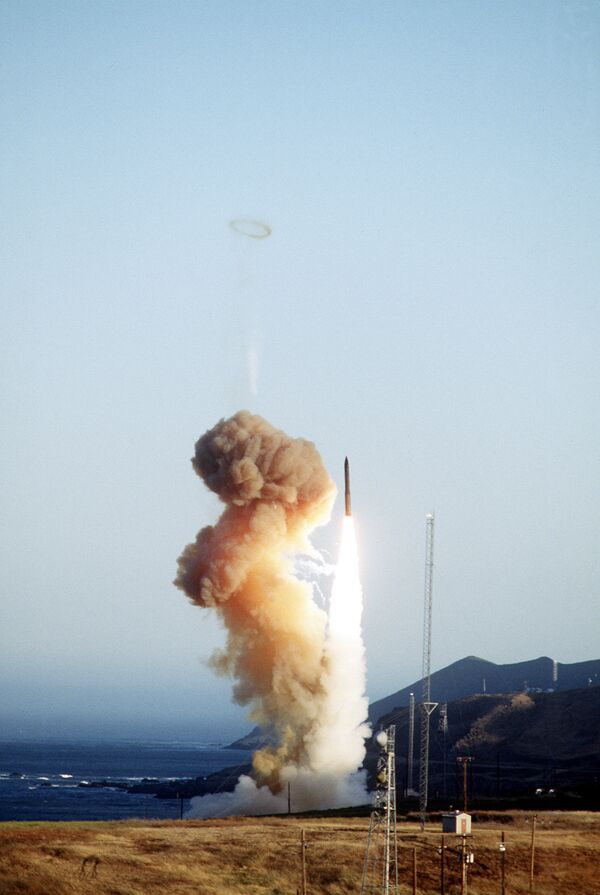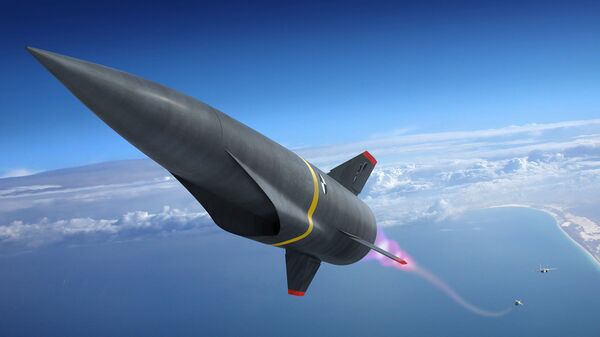On August 12, the US Air Force Nuclear Weapons Center (NWC), the agency that manages the service’s arsenal of aircraft-based and land-based nuclear weapons, posted a request for information (RFI) on the public solicitation website Beta.sam.gov asking for companies to submit ideas in seven different categories for potential upgrades to an intercontinental ballistic missile (ICBM).
While a ballistic missile can be armed with a conventional warhead, as many nations have done, US ICBMs have one purpose only: to deliver a nuclear strike on the other side of the planet.
According to Aviation Week, which first noticed the posting, one of those seven items was for a new “thermal protection system that can support [a] hypersonic glide to ICBM ranges.”
That’s pretty shocking, since the Pentagon has no publicly known program to develop a hypersonic missile or glide vehicle with a range of more than 3,000 miles, and has pledged itself against such a weapon.
Aviation Week decided to seek more information about the RFI; however, when the NWC received the request, the RFI was mysteriously taken off the site.

Lt. Col. Robert Carver, a spokesperson for the office of the director of defense research and engineering for modernization programs, told Aviation Week that the Air Force is definitely not developing a nuclear hypersonic glide vehicle.
“[The Defense Department] is not developing nuclear-capable hypersonic weapons,” Carver told the outlet. “There are common technology needs between the nuclear enterprise and hypersonic systems. Particularly in the area of high-temperature materials, we typically collaborate on the development of advanced dual-use materials technology. I will reiterate that our entire hypersonic program portfolio continues to be based on delivering conventional effects only.”
Lt. Gen. Richard Clark, the Air Force’s deputy chief of staff for strategic deterrence and nuclear integration, was asked on Wednesday about the Ground Based Strategic Deterrent, the next generation of ICBMs that will replace the aging Minuteman III missiles, and the possibility they might include hypersonic glide vehicles.
“With a weapon system that’s going to be fielded until the 2070 time frame, it’s hard to know exactly where we may go with that down the road,” Clark told the audience at a Mitchell Institute for Aerospace Studies event, according to Defense News. “Right now, though, the threshold warhead does not include hypersonic glide vehicles. I think I can say that safely without talking too much about what the warheads will look like.”
A glide vehicle follows a non-ballistic trajectory to its target, frustrating the efforts of missile interceptor systems to shoot it down. In addition, such vehicles are highly maneuverable, like Russia’s Avangard system, which is already in service.

